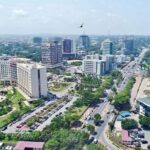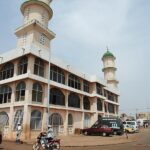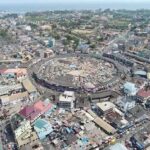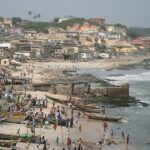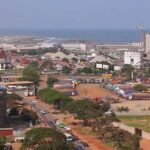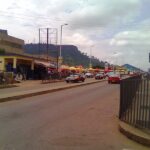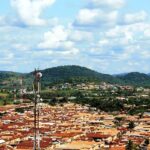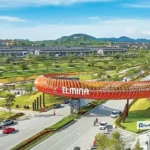Kumasi
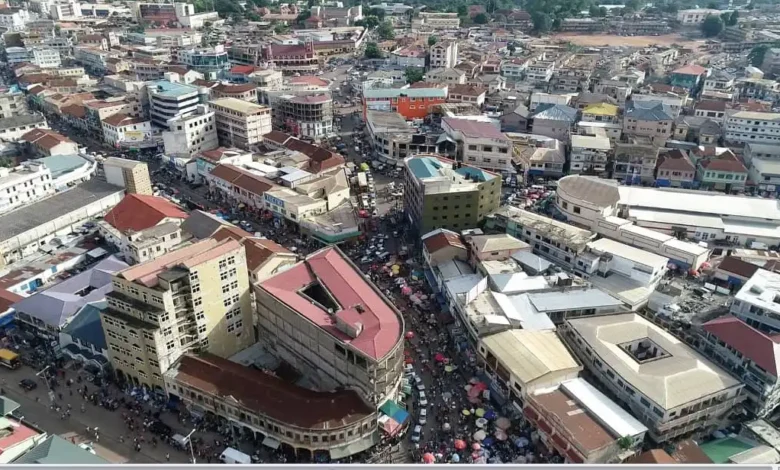
Kumasi is a city in the Ashanti Region of Ghana, West Africa. It is the capital city of the Ashanti Region and is known for its rich cultural heritage and history. Kumasi was the centre of the Ashanti Empire, which was one of the most powerful pre-colonial states in West Africa.
The city is home to the Manhyia Palace, the residence of the Ashanti king, known as the Asantehene. The Ashanti people are known for their vibrant festivals, traditional ceremonies, and unique Kente cloth weaving. Kumasi is an important economic and commercial centre in Ghana, with a bustling market scene and various industries. The city also has educational institutions, including the Kwame Nkrumah University of Science and Technology (KNUST).
Tourists often visit Kumasi to explore its cultural attractions, such as the Ashanti Cultural Centre and the Prempeh II Jubilee Museum, which houses artefacts and exhibits related to the Ashanti Empire. The city has a lively atmosphere with a mix of traditional and modern elements, making it a fascinating destination for those interested in history, culture, and the contemporary life of Ghana.
Flag

Map view
More about Kumasi
| ID |
|---|
| 52188 |
| Name |
| Kumasi |
| State ID |
| 48 |
| State Code |
| AH |
| State Name |
| Ashanti |
| Country ID |
| 83 |
| Country Code |
| GH |
| Country Name |
| Ghana |
| Latitude |
| 6.68848000 |
| Longitude |
| -1.62443000 |
| WikiData ID |
| Q182059 |
